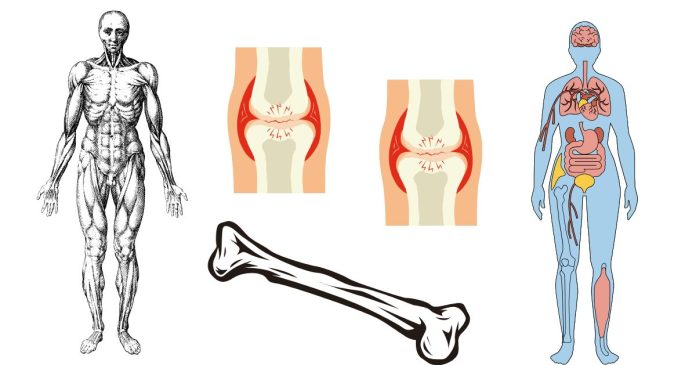The “wishbone,” while commonly associated with poultry anatomy and traditions of good luck, does not exist as a specific structure in the human body. The wishbone, or furcula, is a unique anatomical feature found in birds, forming part of their skeletal system. It plays a crucial role in strengthening the thoracic skeleton during flight and serves as an attachment point for flight muscles.
Human Equivalent to the Wishbone
Although humans do not have a wishbone, there are comparable structures in the human skeletal system:
- Clavicles (Collarbones): The clavicles in humans are somewhat analogous to the bird’s wishbone. Humans have two clavicles—one on each side of the chest—connecting the sternum (breastbone) to the scapulae (shoulder blades). These bones provide structural support to the shoulders and serve as attachment points for muscles.
- Sternum (Breastbone): Like the furcula in birds, the sternum is centrally located and helps anchor the ribs to protect vital organs like the heart and lungs. While it lacks the Y-shaped structure of a wishbone, it is essential for the stability and function of the chest cavity.
The Symbolism of the Wishbone
In human culture, the wishbone has become a symbol of good fortune and luck. This tradition originates from the belief in its mystical properties, which dates back to the Etruscans and Romans. During festive meals, particularly involving poultry like turkeys or chickens, the wishbone is often set aside for two people to pull apart. The person who gets the larger fragment is believed to have their wish granted.
Why Humans Lack a Wishbone
The wishbone in birds is an evolutionary adaptation designed to aid flight by storing and releasing energy during wing movement. Humans, lacking the ability to fly, do not require this specialized structure. Instead, the human skeleton has evolved to prioritize upright posture, bipedal locomotion, and other functions suited to terrestrial life.
While the wishbone is absent in the human body, its cultural significance and anatomical counterparts, such as the clavicles and sternum, highlight the fascinating ways in which biology and tradition intersect. If you’re ever holding a wishbone at a dinner table, remember its avian origins and enjoy the moment of good-spirited competition!


